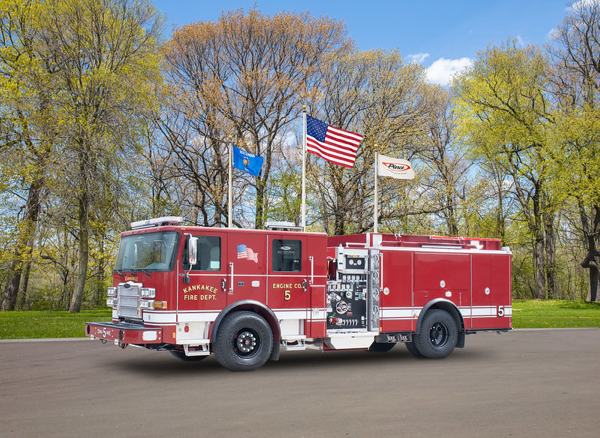Excerpts from abc7chicago.com:
Project Fire Buddies is an organization of firefighters dedicated to supporting Chicago-area families with critically ill children. The organization, which began at the Oak Forest Fire Department, is a chaptered group of firefighters who visit severely ill children in their communities, bringing joy and comfort during difficult times.
The group has grown to 20 chapters with 32 chapters on the way in 5 different states. Parents who’ve benefited say it makes them proud of their community and their local fire departments.
Project Fire Buddies regularly visits children on holidays and special occasions bringing gifts and dressed up characters but they often just come to spend time playing with the kids. Several celebrities like Dwayne “The Rock” Johnson, Jack Black, and Gal Gadot have also sent supportive messages to the families.
For more information on how to help, visit projectfirebuddies.org.



















































